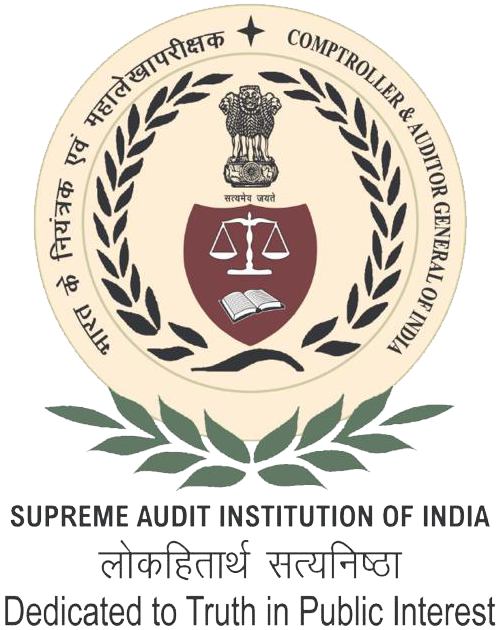- Home
- About Us
- Functions
- Resources
- Tour Program
- Publication & Reports
- Employee Corner
- Media Centre
- Contact Us
Audit Reports
Compliance
Financial
Performance

Punjab
Audit Report (State Finance), Punjab for the Year 2009-10
Date on which Report Tabled:
Fri 11 Mar, 2011
Date of sending the report to Government:
Government Type:
State
Sector
Finance
Overview
The Report based on the audited accounts of the Government of Punjab for the year ended March 2010, this report provides an analytical review of the Annual Accounts of the State Government. The report is structured in three Chapters. Chapter 1 is based on the audit of Finance Accounts and makes an assessment of the Punjab Government's fiscal position as on 31 March 2010. It provides an insight into the trends in receipts and expenditure, committed expenditure, borrowing pattern, fiscal imbalances etc., besides a brief account of central funds transferred directly to the State implementing agencies through ofT-budget route. Chapter 2 is based on the audit of Appropriation Accounts and it gives the grant wise description of appropriations and the manner in which the allocated resources were managed by the service delivery departments. Chapter 3 is an inventory of the Punjab Government's compliance with various reporting requirements and financial rules. The report also has an appendage of additional data collected from several sources in support of the findings.
Inadequate mobilization of revenue receipts: Growth of revenue receipts during the year was only seven per cent mainly because of low growth in tax revenue and decrease in non-tax revenue. The State's own tax buoyancy with reference to the Gross State Domestic Product (GSDP) decreased from 0.85 in 2008-09 to 0.50 in 2009-10, indicating that the tax revenue had not kept pace with the GSDP. Concerted efforts to increase the tax revenue could improve the States 'finances. Funds transferred directly to the State implementing agencies outside the State budget: During 2009-10, the GOI directly transferred RS 1,162 crore to the State implementing agencies for implementation of various schemes/programmes. As these funds were not routed through the State budget, the Annual Finance Accounts had not captured the flow of these funds and to that extent, the receipts and expenditure of the State as well as other fiscal variables/parameters derived from them are underestimated. Government needs to ensure proper documentation and timely reporting of expenditure by the implementing agencies.
High share of revenue expenditure in the total expenditure: The revenue expenditure during 2009-10 constituted 93 percent of the total expenditure. The committed expenditure constituted 71 per cent of revenue expenditure. Expenditure on salaries and wages was 42.52 percent of the revenue expenditure (net of interest payments and pension) exceeding the norm of 35 per cent envisaged by the Twelfth Finance Commission. The level of subsidies at RS 2,919 crore in 2009-10 was 66 per cent higher than that projected in the Fiscal Correction Path. The State needs to discourage extending of subsidies to improve fiscal position of the State. Interest payment was 23 per cent of the revenue receipts during 2009-10, which was beyond the medium term target of 15 percent to be achieved by 2009-10. As the committed revenue expenditure is continued to be high leaving little for asset creation, measures should be taken to compress the unproductive expenditure.

